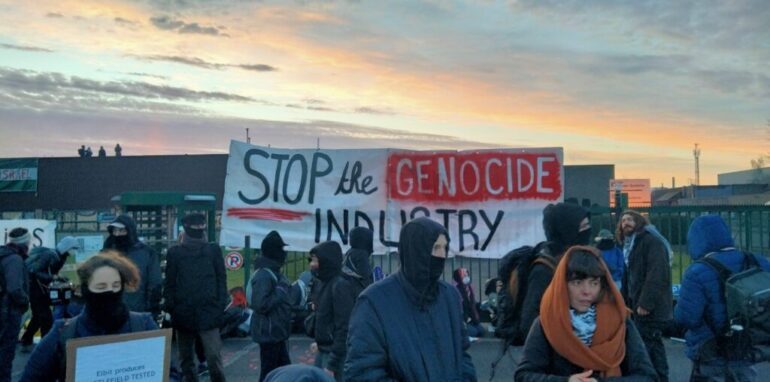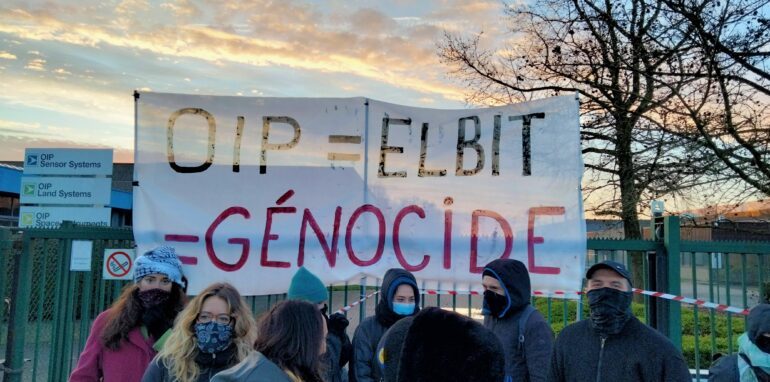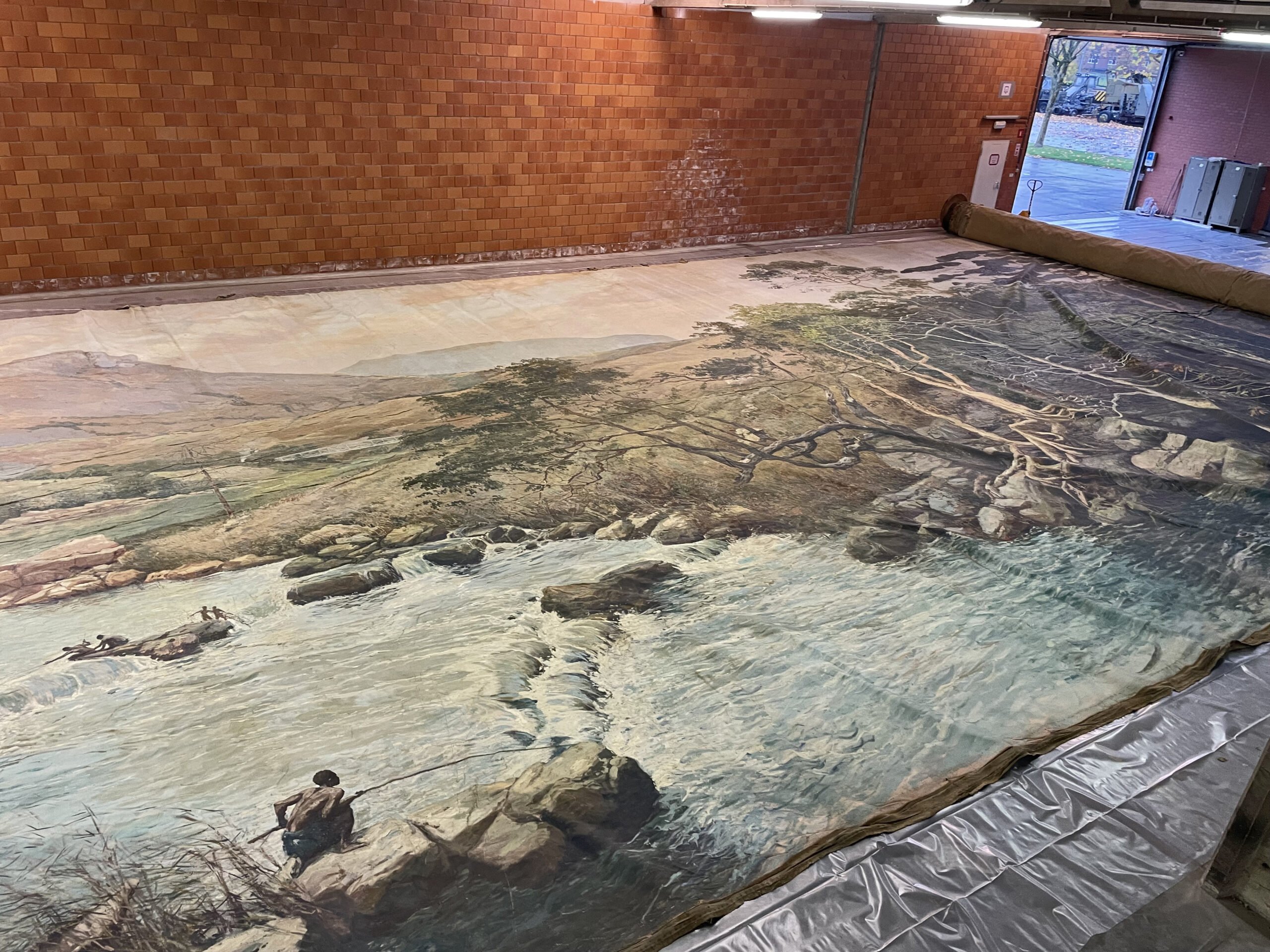During the last days of the Architecture and Activism course amidst a heated discussion about architects who take “care” and are “involved” in their projects not only through its conception but during its growth as well, Professor De Cauter asked a question “Are there feminine male architects?” This question was drawn out from the talk of the Parckfarm project which was introduced in an earlier class text titled A Truly Golden Handbook by Lieven De Cauter himself posing as a concrete example of a utopian urban commons. Parckfarm which is located in Molenbeek, Brussels, focuses on urban farming and sharing as it creates a platform where a mixing of people from the diverse neighborhood it is situated in can occur.
The Parckfarm project came up again but this time within the context of an example of a project that has an architect(s), who happens to be female, that is heavily involved in it, on a long-term basis and who checks up on the progression of the project and its impact on the people around it. With a mention of other similar urban commons projects, we hurriedly deduced that it is mostly female architects who tend to play this “care-taker” role, seeing that this trait is said to be a part of their genetic make-up, of being nurturers by nature.
The word feminine is defined on the Meriam-Webster website as a “characteristic of or appropriate or unique to women”. Hence, with the question posed “Are there any feminine male architects?” we can bring forth a project that could serve as an example of a “feminine male architect”. The site is located in in the heart of the Nigerian lagoon of Lagos city and the project is a prototype created to address the community of Makoko’s social and physical needs as an alternative building scheme against climate change. It is mainly a floating school constructed with simple devices to keep it afloat on water, with the help of the locals as well as with the use of local materials. The architect, namely, Kunle Adeyemi, founder of NLE Architects started the project with the support of the UN and initially without official support from the local government. Maintaining the structure was crucial as it was in use by the local school-going children and finances to keep it “afloat” are said to have come from the architect. After some time, the responsibilities of looking after the school structure was handed over to the members of the community. Although they were to report to NLE architects of any damages.
Therefore, one could say that Kunle Adeyemi presents an example of a feminine male architect since he was rather involved from the birth of the Makoko floating school and kept tabs on it throughout its dynamic social and physical progression. Nevertheless, as this being only one example found so far, female architects are said to still be the majority gender when it comes to filling these care taker roles within a project.
By: Sara Nakalila



















